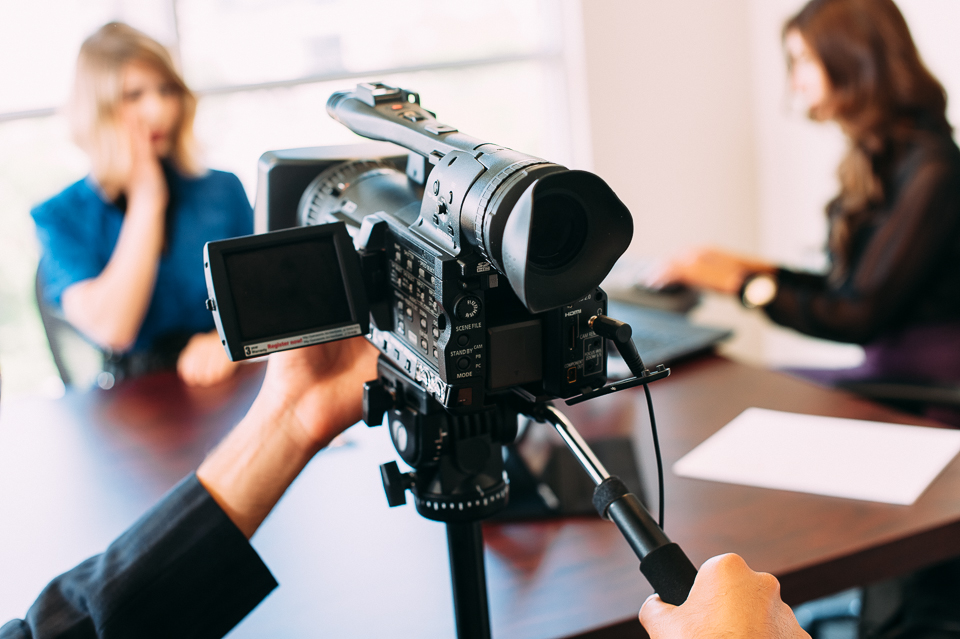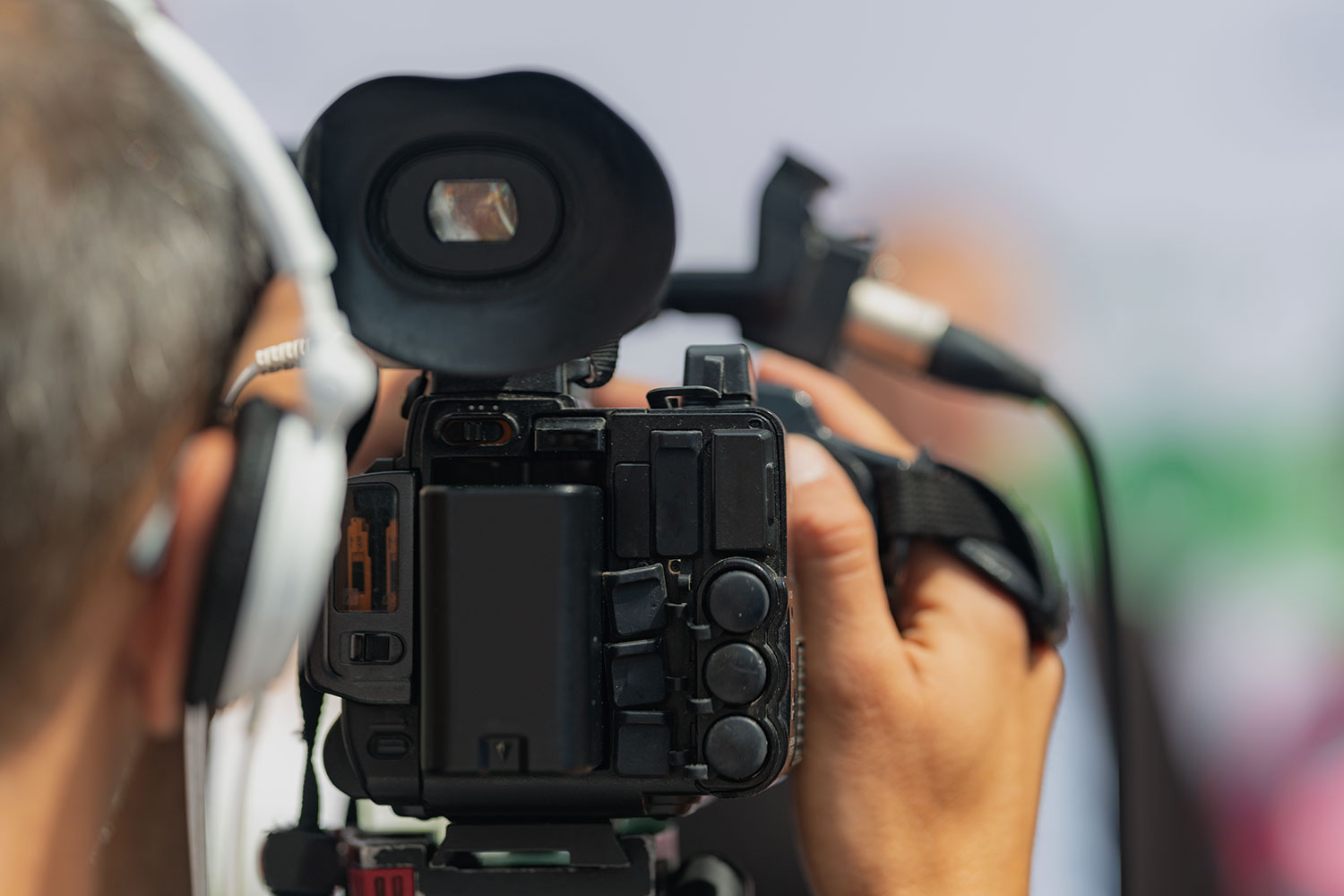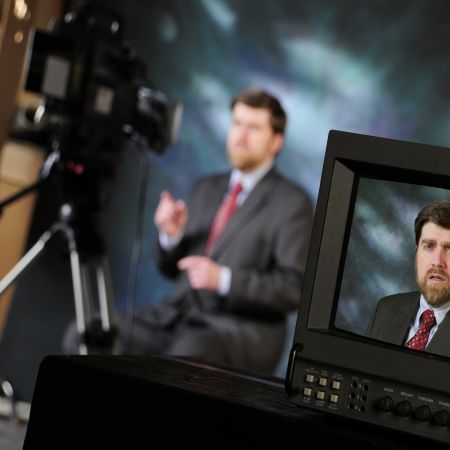Digging Into the Mechanisms of Lawful Videography: Introduction Its Operation in Shielding Genuine Visual Testimony for Judicial Procedures
In the realm of judicial process, the duty of legal videography stands as a foundation in protecting and presenting visual proof. As modern technology continues to development, the systems behind lawful videography have actually come to be significantly detailed, using a critical layer of authenticity to testaments caught on video clip.
Historical Development of Lawful Videography
Analyzing the historic progression of legal videography discloses a significant change in the recording and discussion of aesthetic evidence within the legal landscape. In the past, legal process heavily depended on created transcripts and photos to record events and offer proof. With the development of video clip modern technology, the lawful sector witnessed a paradigm shift in how visual testimony was captured and presented.
The development of legal videography can be traced back to the late 20th century when advancements in video recording equipment made it much more easily accessible for usage in court rooms. This technical advancement not only boosted the precision and integrity of aesthetic proof however likewise reinvented the method situations existed to juries and courts (Legal Videography). Lawyers started to acknowledge the influential power of video clip recordings in conveying emotions, subtleties, and non-verbal hints that written records or pictures alone can not record properly

Technology Advancements in Video Documentation
What key technical developments have revolutionized video documents in the lawful area? The legal field has actually seen substantial improvements in video documentation technology that have actually improved the authenticity and reliability of aesthetic evidence in judicial proceedings. Among the crucial improvements is high-definition (HD) video clip recording capacities, which offer crystal-clear images and sharp information that are vital for accurately capturing testaments, facial expressions, and various other aesthetic cues. In addition, the combination of timestamping and metadata features in video clip paperwork tools has actually allowed precise paperwork of when and where the video was videotaped, making sure the integrity of the proof presented in court.
In addition, developments in video clip security and watermarking innovations have actually bolstered the protection and tamper-proof nature of video proof, protecting it against unapproved alterations or tampering. In addition, the advent of cloud storage remedies and remote access abilities has structured the storage space, access, and sharing of video evidence, assisting in smooth collaboration among legal experts and making certain efficient access to vital aesthetic testaments when needed. These technological improvements in video clip documents have unquestionably reinvented the lawful field, improving the accuracy, trustworthiness, and admissibility of visual evidence in judicial proceedings.
Role of Lawful Videographers in Court Room Setups
The advancement of video documentation technology in the lawful field has demanded a critical function for legal videographers in court room setups, guaranteeing the integrity and integrity of aesthetic statements presented throughout judicial procedures. Lawful videographers play a basic role in recording and protecting accurate aesthetic evidence that can be essential in court cases. Their duty includes establishing up devices, recording process, and producing high-grade videos that properly show the events in the court.
In courtroom setups, lawful videographers should stick to rigorous standards and standards to preserve the credibility of the visual record. They have to possess an eager eye for information and a complete understanding of legal procedures to make certain that the footage they record is a true representation of the occasions that took place. Additionally, lawful videographers often work very closely with lawful teams to make sure that the video clip evidence aligns with the situation's needs and can be effectively provided in court to sustain the lawful arguments being made. In general, the duty of lawful videographers in courtroom settings is important in promoting the principles of justice and guaranteeing the transparency of lawful procedures.

Ensuring Admissibility and Stability of Video Clip Evidence
To preserve the reputation of visual evidence offered in legal procedures, making sure the admissibility and stability of video proof is a crucial duty for legal videographers. Admissibility describes the approval of proof by the court, and for video evidence to be permissible, it should satisfy particular standards. Legal videographers play an important duty in ensuring that the videos they capture adhere to the policies of proof, such as dependability, importance, and credibility.
Stability of video clip evidence includes preserving the originality and accuracy of the footage from the moment it is recorded till it is presented in court. This includes securely saving the video documents, recording the chain of custody, and avoiding any meddling or changes. Lawful videographers have to abide by strict protocols to ensure the integrity of the video evidence and protect against any challenges to its credibility.
Future Trends in Legal Videography
Offered the increasing dependence on technology in lawful proceedings, lawful videographers are positioned to embrace innovative innovations forming the future of visual testimony capture and discussion. One of moved here the prominent fads on the horizon is the integration of digital truth (VIRTUAL REALITY) and increased reality (AR) technologies right into legal videography. These modern technologies have the prospective to revolutionize just how visual proof exists in court rooms, enabling discretionary to submerse themselves in the scene of the criminal offense or incident.
Moreover, the usage of expert system (AI) algorithms for video clip analysis is anticipated to improve the procedure of evaluating and assessing large quantities of video footage. AI can help in recognizing essential minutes, anomalies, and patterns within video clips, boosting the effectiveness of lawful investigations.

Conclusion
In verdict, legal videography has actually played an important role in providing genuine visual evidence for judicial process. Through technical developments and the expertise of legal videographers, the honesty and admissibility of video proof are ensured in court setups. As legal videography proceeds to advance, it will be important to support criteria that maintain the accuracy and dependability of aesthetic testimony for the future of legal procedures.
Examining the historical progression of lawful videography discloses a significant improvement in the recording and presentation of visual evidence within the legal landscape.The advancement of video clip documentation technology in the legal area has actually necessitated an essential function for lawful videographers in court room setups, ensuring the honesty and integrity of aesthetic testimonies presented during judicial proceedings. Furthermore, legal videographers commonly function very closely with lawful groups to make certain that the video clip proof straightens with the instance's needs and can be effectively presented in court to support the lawful debates being made.To keep the reliability of visual evidence presented in lawful process, making certain the admissibility and honesty of video proof is a critical responsibility for legal videographers. As lawful videography proceeds to advance, it will certainly be crucial to promote criteria that click resources preserve the accuracy and reliability of visual testament for the future of lawful procedures.